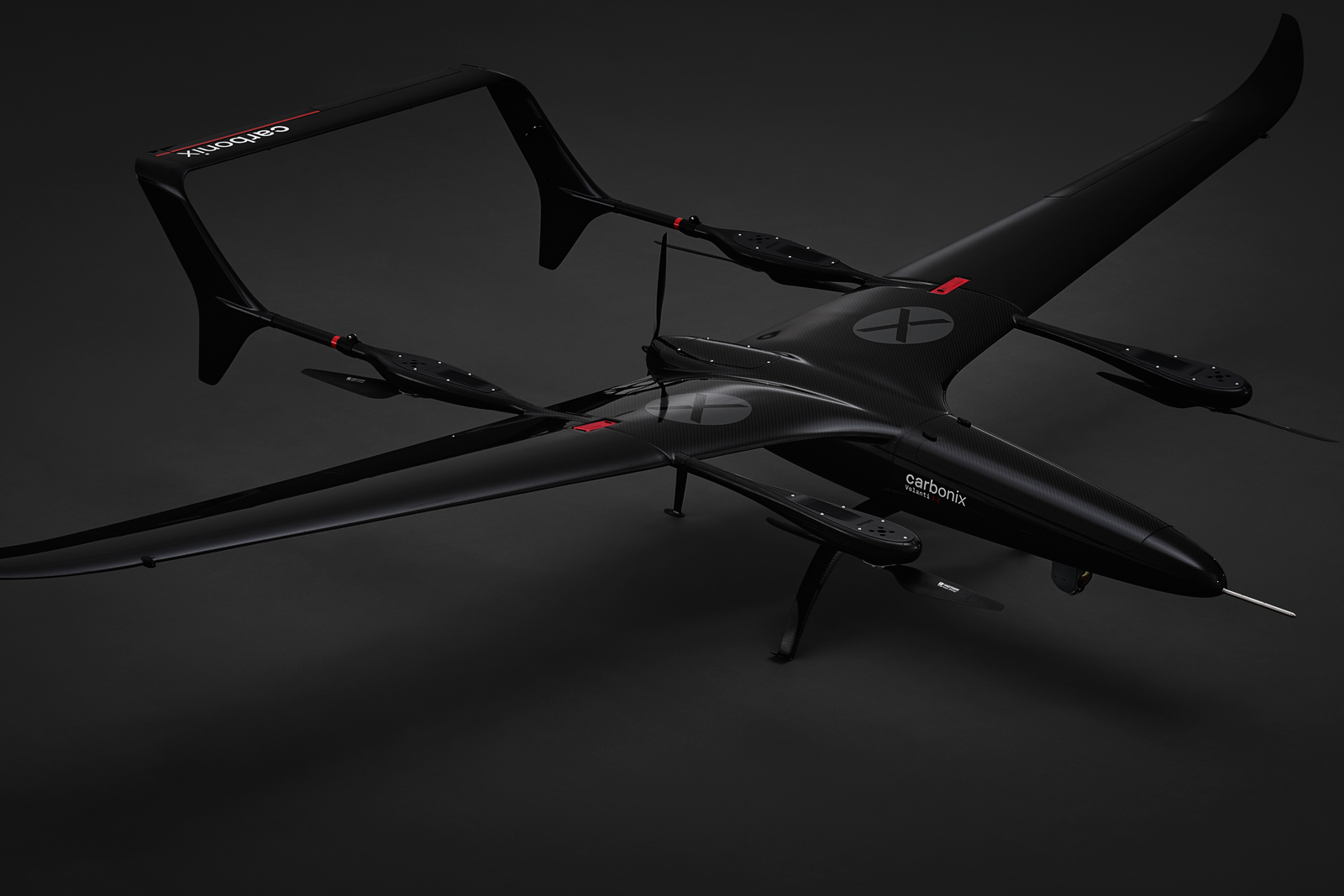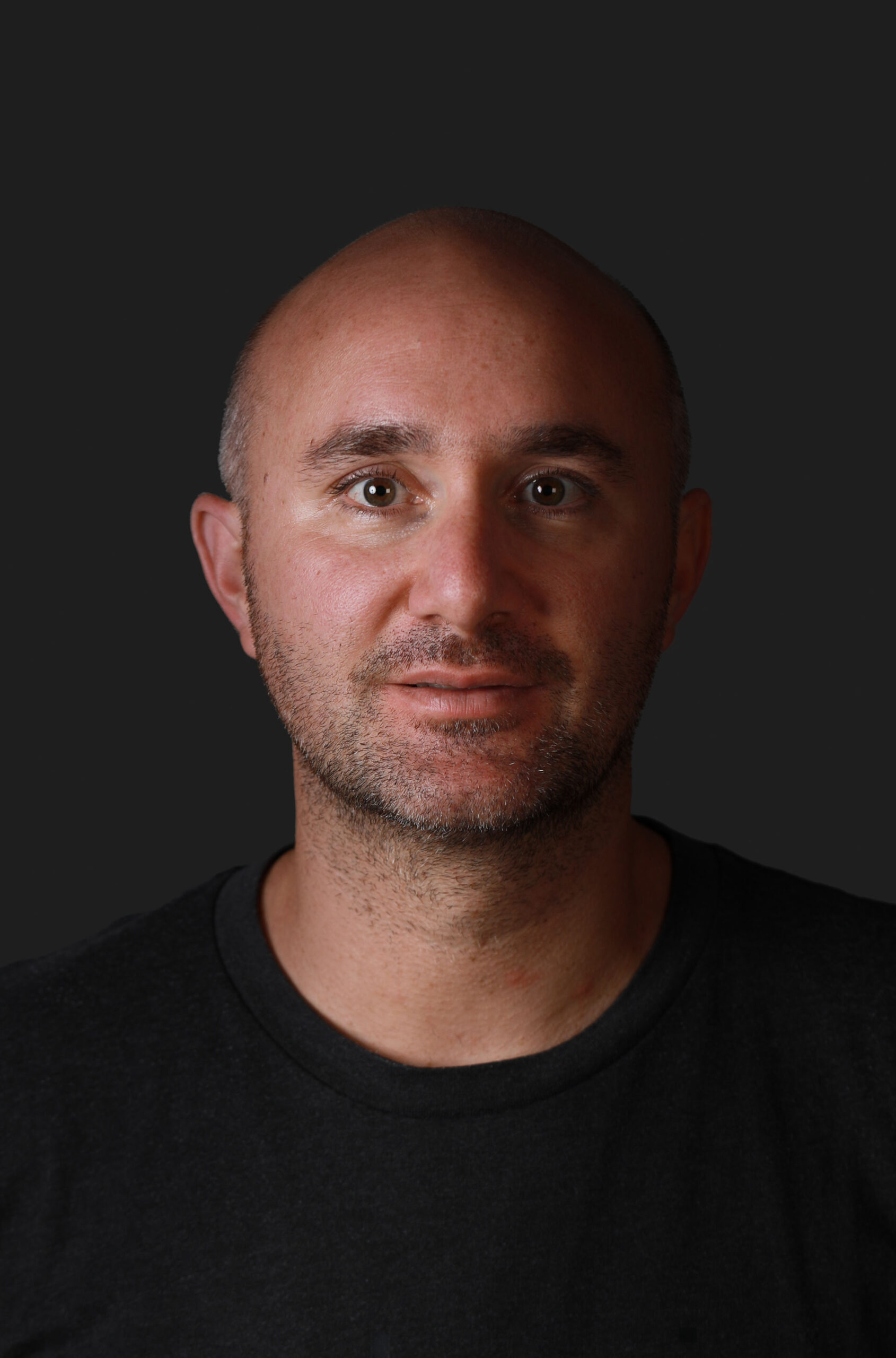Carbonix drones revolutionize power grid maintenance
By Leon Gettler, Talking Business >>
IMAGINE A DRONE that can provide electricity transmission operators with all the details they need for maintenance operations: aerial data capture at scale, carrying high resolution payloads over long distances, producing 3-D models that are accurate and precise.
These drones can look at all the critical infrastructure in real time, providing data on sagging lines and any deterioration of the towers.
All of this is done at a low cost with a small environmental footprint. 
Welcome to the world of Carbonix, a Sydney based start-up that uses drones to help electricity retailers deal with blackouts.
Carbonix founder Dario Valenza said the critical part is that the drone provides the operator with all the details about what’s happening on the ground.
“They are able to see what’s going on, on the ground, around the powerlines, the towers, the conductors, the insulators and they can do that at a lower cost which means they can do it more often, they can do that without sending people out in the field,” Mr Valenza told Talking Business.
“We are able to provide information that can be used for maintenance, prevention, spotting incipient failures, targeting interventions.
“So the key really is the range of our aircraft and the reliability of our systems.
“What it means is we can cover hundreds of kilometres in a single flight which approximately exceeds what a fixed wing or helicopter can do. We can do it with a much smaller, lighter aircraft that’s cheaper to run and can really go lower and slower and get better data.”
Specs are suited to the task
The drones come with a 6m wing-span which looks like a glider. It’s designed to fly in a stable and it has the ability to take off vertically. A single flight can do up to 1000km.
As far as carbon dioxide usage goes, it uses up about 2% of a fixed-wing aircraft or helicopter. It has the smallest environmental footprint of any transmission line surveillance system.
“We carry roughly 10kg of fuel and that will give us eight or nine hours of flight,” Mr Valenza said. 
“The fuel tank can fit in your fridge in a drink bottle.
“It is able to fly using so little energy because of the design of the air frame.”
Carbonix uses proprietary methodology for carbon fibre manufacturing which makes the airframe very light and strong, which allows it to carry more weight in terms of payload and fuel.
At the same time, there are restrictions on how many helicopters can be used and their costs. Which is perfect for Carbonix.
Room to broaden geo-scope
Mr Valenza said Carbonix was already planning to expand its business overseas.
“It’s our aim,” he said.
“We have a fleet in the US already. It’s the same problem if you’re flying over a power line in Australia or the US. It’s the same mission, the same job.
“It’s definitely a worldwide market. We’re already in action in the US.
“It’s a common problem. It’s not just powerlines. It’s everything from mines to pipelines, railways, coastal erosion.
“Eye in the sky is a really useful powerful tool. We just fit in that precise high resolution large area part of the picture.”
Hear the complete interview and catch up with other topical business news on Leon Gettler’s Talking Business podcast, released every Friday at www.acast.com/talkingbusiness
https://shows.acast.com/talkingbusiness/episodes/talking-business-4-interview-with-dario-valenza-from-carboni
ends

 How to resolve AdBlock issue?
How to resolve AdBlock issue?